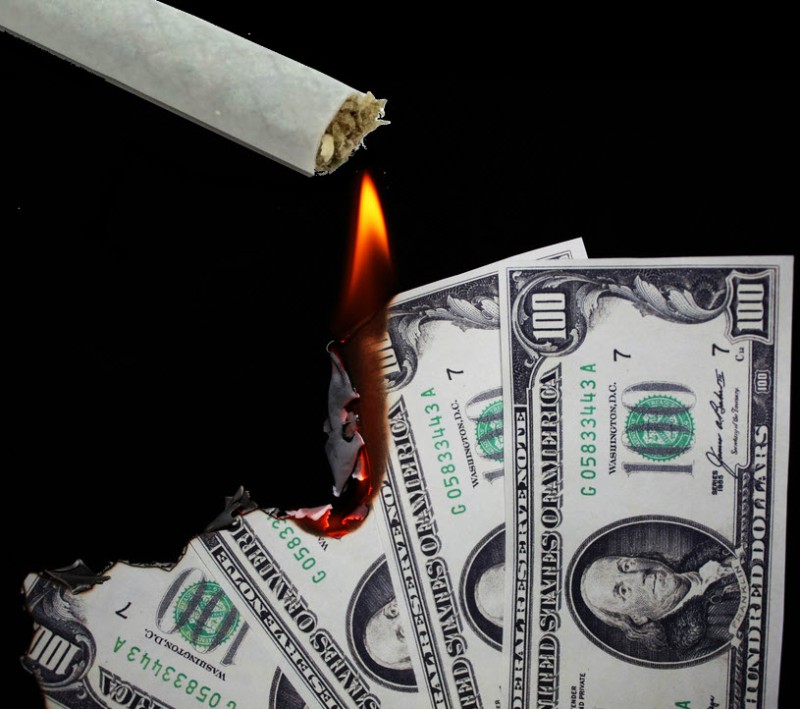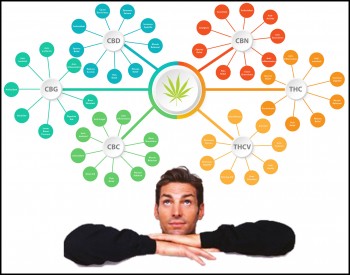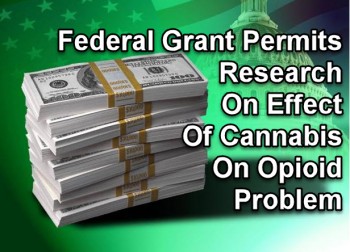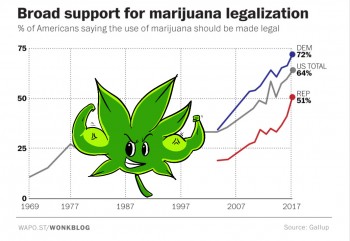Medical Marijuana Patients vs. Recreational Cannabis Users: Who Spends More?
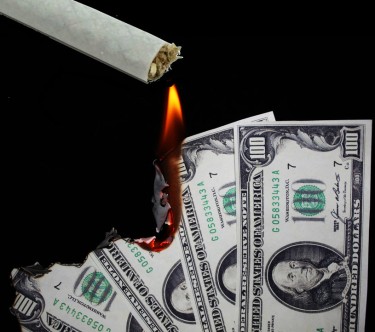
Headset, a cannabis data, and analytics specialist company, has just disclosed its latest findings of the highest spenders in the U.S cannabis industry.
The report was obtained from a study that was done to compare the medical and adult-use cannabis market in the country. It also encompassed the development of both industries and their sales patterns over the years. Headset made sure to make use of the unifying trends within the industry when making the report.
According to greenentrepreneur, the surprising findings in the reports are rooted in the current predominant pattern. Cannabis market development in the United States involves a three-step process that entails the Prohibition of cannabis in a state, the provision of medical access to cannabis drugs, and finally the legalization of the recreational use of cannabis products.
Most of the legalized states have followed this process with very few skipping the second stage to the third. Here, the regulatory bodies either create the medicinal industry at the same time as the recreational industry or skip the medicinal access altogether and head straight from the decriminalization of cannabis products to approval of recreational marijuana products.
California, a key state in the cannabis industry prohibited the use of cannabis 1900s, however, it legalized the medical use of cannabis in 1996. It took about 20 years for the state to approve the recreational use of cannabis after several trials over the longs years. Headset defines this occurrence as a predictable pattern. To shed more light on this, California's slow and predictable cannabis legislation process was compared to that of Illinois. Illinois had an accelerated legislation process with less than seven years interval between the moment medical cannabis was approved and when adult-use marijuana was legalized.
More Comparisons in Headset's Report
Headset focused on the medical to recreational jump in various states in the country. It used time-tested predictability to paint a clearer picture of the current market pattern.
Experts with the industry who are also analysts have studied the report and are making effort to understand the market structure and sales of cannabis in the past, while also trying to have a better understanding of what's happening around the country right now.
States such a New York, New Jersey, and Montana will be moving ahead to the third phase solon, that is they will be implementing their recreational cannabis laws in some months. With the report Headset has provided, the future sales pattern in these states can be forecasted.
Comparing Illinois and Michigan's Cannabis Market
The report shows that the cannabis market in Illinois and Michigan was studied majorly because they transitioned from medical to recreational cannabis legislation recently.
Comparing the analytics of both states, a significant increase in sales is observed during the first months of transitioning from medical to adult use. Illinois made a 226% gain from its recreational market launch in January 2020 to the point when the study was ended in July 2022. The Michigan recreational program has a bit of a sluggish start when compared to Illinois'. Despite this, its total adult-use sales gained a highly significant increase of about 1077% within January 2020 and July 2021.
The covid pandemic had a major role to play in the heightened increase in recreational weed in 2020. Illinois coincidentally approving their adult-use legislation placed the state at the right place to real a lot of gains during 2020.
The approval of recreational marijuana had minimal effect on the medical cannabis market. The impact, according to Headset's report is less predictable and determined by each state.
In Illinois, after the rush for adult-use cannabis legislation passed, the medical industry generated steady sales. On the other hand, the Michigan medical industry recorded a 75% increase in its medical cannabis sales between January 2020 and July 2021.
This year, high states have experienced a steady decline in the proportion of total cannabis sales to registered medical patients. Illinois announced that it had an all-time low of 20.9% in July 2021, after noticing a steady decline all through the first quarter of the year.
Comparing Colorado and Oregon's Cannabis Market
Colorado and Oregon have two of the oldest adult-use cannabis market in the U.S. Both States jumped on the recreational bandwagon much sooner than the other states.
A quick study into their sales data revealed that the legalization of recreational weed does not put a stop to the medical use of cannabis. Since the beginning of 2020, Oregon medical sales have maintained an 8-12% of the total sales. Colorado has held steady at 18-20% for the last twelve months.
Buying Behaviour of Medical and Recreational Users
Headset's report established that medical patients spend more. The report expanded further by using data that showed how medical patients tend to buy more products at a time. Medical consumers buy in bulk or basket size, compared to recreational consumers who purchase only what they need at a time.
The buying patterns of both groups can impact the market. For example in Oregon, there is a pre-tax average basket size that is provided for medical patients for about 90 days. This basket size is almost twice that which is provided for recreational consumers.
The medical market has a lot of advantages over the recreational community. Factors like lower taxes highly informed staff, and more years of experience in generating sales place the cannabis consumer over their recreational counterpart. With the increasing adult-use legalization, the medical industry show prospects of holding steady.
The report also considered the difference in consumer preferences. Medical patients tend to go for concentrates, while recreational consumers are more inclined to edibles, pre-rolls, and vapes.
Last Words
Headset's report concluded that with the colossal growth of new adult-use industries across the country, it would not be surprising to see the medical cannabis industry decline steadily in the next months.
Headset suggests that only luck will ensure the medical cannabis market holds steady its ten or twenty percent of the country's total cannabis market share. Only time will tell how this will all swing.
CANNABIS SPENDING AND WHAT IT MEANS, READ THIS...
CANNABIS SPENDING HELPS THE ECONOMY BUT WON'T SOLVE THE DEBT CRISIS!

